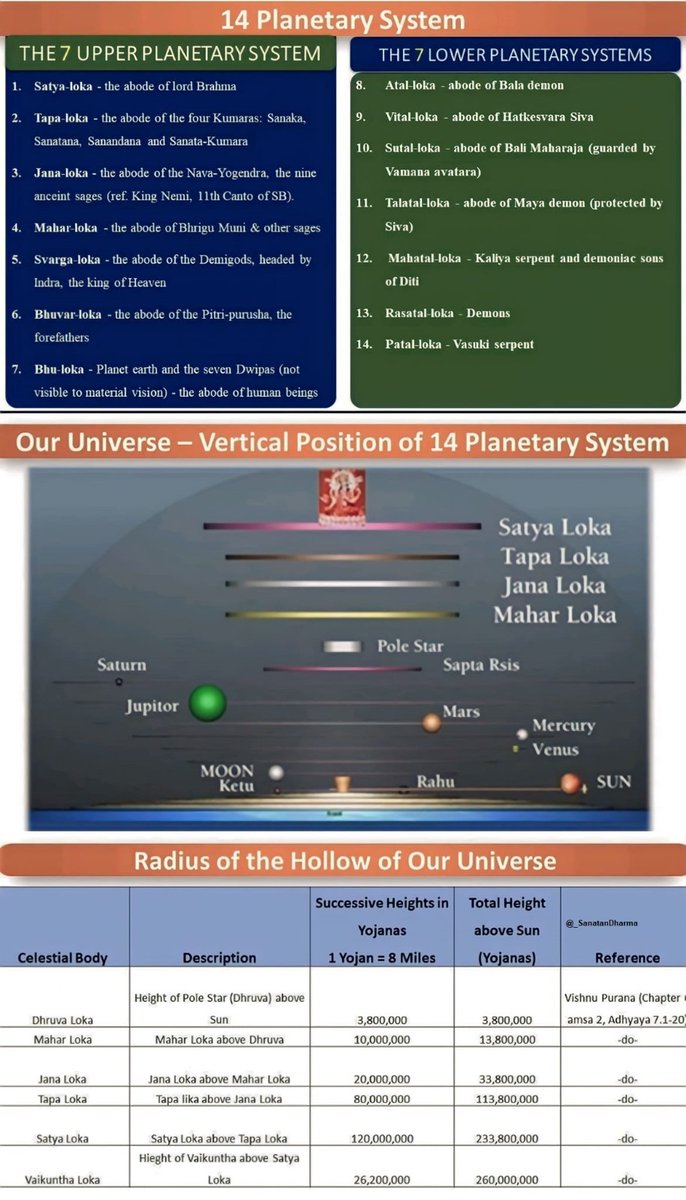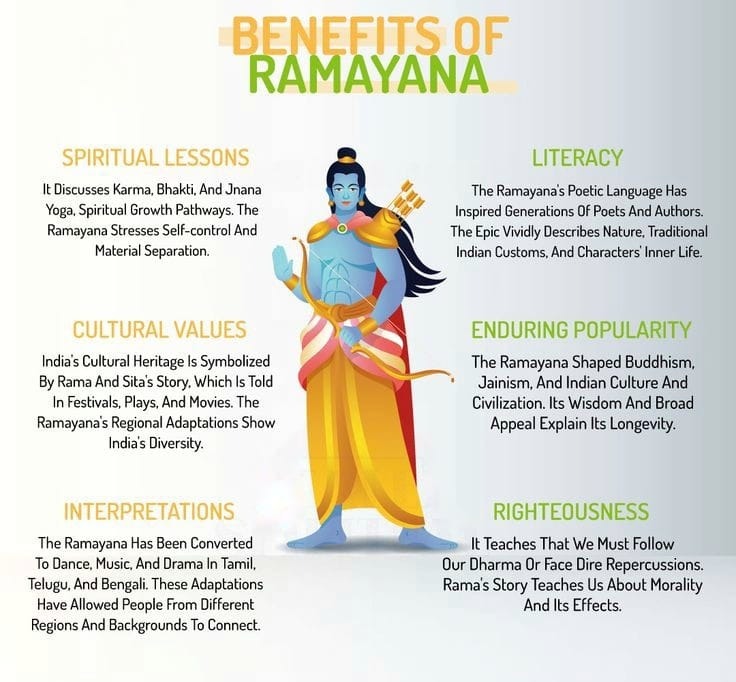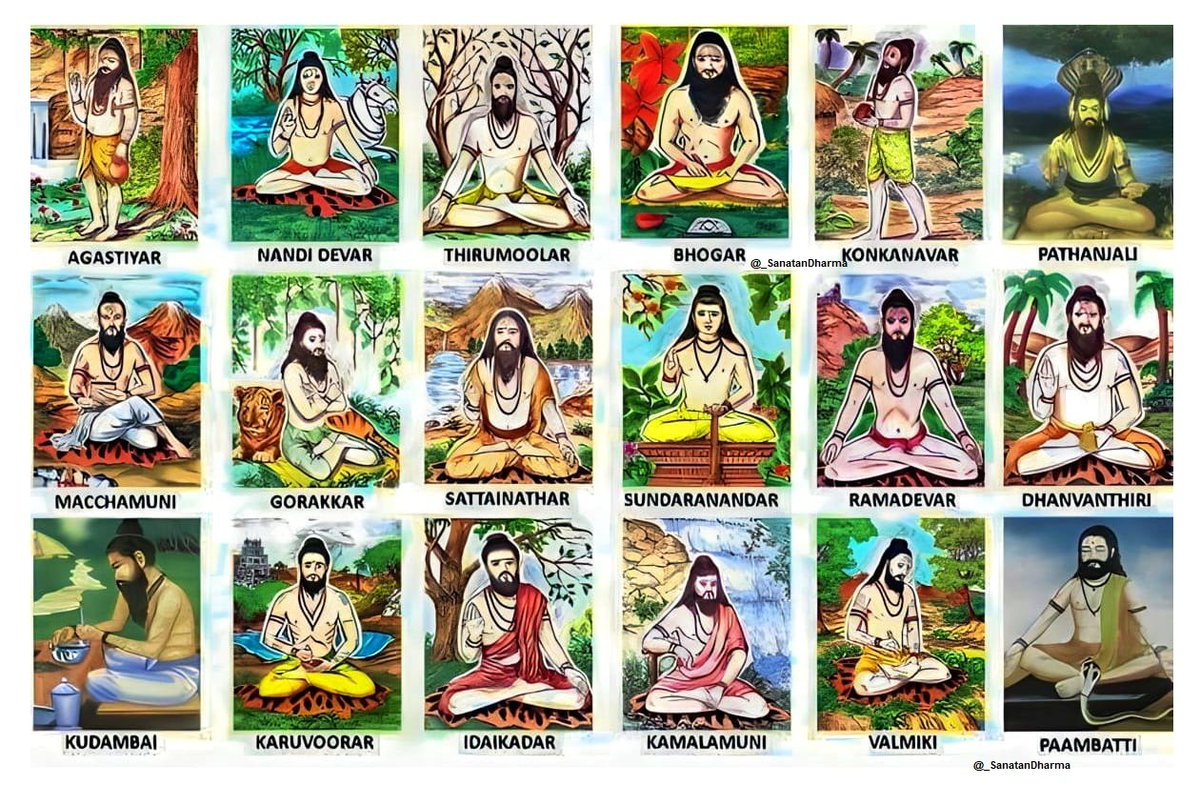The 14 Planetary Systems & Ancient Vedic Cosmology.
Long before NASA, ancient India mapped the universe in ways modern science is only beginning to grasp.
🧵#Thread Let’s dive into the cosmic blueprint from the Vedas & Surya Siddhanta that still stuns scientists today.👇

Long before NASA, ancient India mapped the universe in ways modern science is only beginning to grasp.
🧵#Thread Let’s dive into the cosmic blueprint from the Vedas & Surya Siddhanta that still stuns scientists today.👇


1. According to Vedic texts, our universe has 14 Lokas (Planetary Systems):
7 Higher (Urdhva Lokas)
7 Lower (Adho Lokas)
Each loka is more than a place-it's a level of consciousness & existence.
7 Higher (Urdhva Lokas)
7 Lower (Adho Lokas)
Each loka is more than a place-it's a level of consciousness & existence.
2. The 7 Higher Lokas are:
1. Satya Loka – Brahma's abode
2. Tapa Loka – Four Kumaras
3. Jana Loka – Ancient sages
4. Mahar Loka – Bhrigu Muni
5. Svarga Loka – Indra & Devas
6. Bhuvar Loka – Forefathers
7. Bhu Loka – Our Earth
1. Satya Loka – Brahma's abode
2. Tapa Loka – Four Kumaras
3. Jana Loka – Ancient sages
4. Mahar Loka – Bhrigu Muni
5. Svarga Loka – Indra & Devas
6. Bhuvar Loka – Forefathers
7. Bhu Loka – Our Earth
3. The 7 Lower Lokas are:
8. Atala – Bala demon
9. Vitala – Hattakeswara
10. Sutala – Bali Maharaj
11. Talatala – Maya demon
12. Mahatala – Kaliya & asuras
13. Rasatala – Demons
14. Patala – Vasuki serpent
8. Atala – Bala demon
9. Vitala – Hattakeswara
10. Sutala – Bali Maharaj
11. Talatala – Maya demon
12. Mahatala – Kaliya & asuras
13. Rasatala – Demons
14. Patala – Vasuki serpent
4. Ancient texts describe the vertical positioning of these lokas with precise distances, even listing planets like:
Saturn
Jupiter
Moon
Sun
…and cosmic bodies like Rahu & Ketu.
They even knew about retrograde motion.
Saturn
Jupiter
Moon
Sun
…and cosmic bodies like Rahu & Ketu.
They even knew about retrograde motion.
5. The radius of the hollow universe is described in Yojanas:
(1 Yojan = 8 miles)
Dhruva (Pole Star)
Mahar, Jana, Tapa, Satya Loka
Vaikuntha-beyond material reality
Total: 260 million Yojanas above Sun (~2.08 billion miles).
(1 Yojan = 8 miles)
Dhruva (Pole Star)
Mahar, Jana, Tapa, Satya Loka
Vaikuntha-beyond material reality
Total: 260 million Yojanas above Sun (~2.08 billion miles).
6. The Surya Siddhanta, an ancient astronomical text, gives exact calculations for:
Orbits
Diameters
Revolutions
Planetary cycles
It even measures a Kalpa (Brahma's day) = 4.32 billion years.
Modern science = catching up.
Orbits
Diameters
Revolutions
Planetary cycles
It even measures a Kalpa (Brahma's day) = 4.32 billion years.
Modern science = catching up.
7. As per Surya Siddhanta:
Earth age since creation = 1.95 billion years
Sun & Moon formed later, after Rahu & Ketu
We are in the 28th Mahayuga of 7th Manu
Vedic timekeeping is beyond imagination.
Earth age since creation = 1.95 billion years
Sun & Moon formed later, after Rahu & Ketu
We are in the 28th Mahayuga of 7th Manu
Vedic timekeeping is beyond imagination.
8. Planetary Positions at Beginning of Kali Yuga (3102 BCE)
Ancient Rishis recorded the exact alignment of planets at Kali Yuga’s start-verified by modern astronomical software.
This marks when Lord Krishna left Earth.
Ancient Rishis recorded the exact alignment of planets at Kali Yuga’s start-verified by modern astronomical software.
This marks when Lord Krishna left Earth.
9. Each Yuga cycle spans:
Kali – 432,000 years
Dvapara – 864,000
Treta – 1,296,000
Satya – 1,728,000
1 Maha Yuga = 4.32 million years
Vedic seers tracked cosmic time in billions of years.
Kali – 432,000 years
Dvapara – 864,000
Treta – 1,296,000
Satya – 1,728,000
1 Maha Yuga = 4.32 million years
Vedic seers tracked cosmic time in billions of years.
10. Ancient Bharat knew what modern science is only learning.
If this fascinates you:
🔁 Repost to share Vedic wisdom
🤝 Follow @_SanatanDharma for more threads on: Sanatan Dharma,Vedic Cosmology,Surya Siddhanta,Hindu Astronomy.
If this fascinates you:
🔁 Repost to share Vedic wisdom
🤝 Follow @_SanatanDharma for more threads on: Sanatan Dharma,Vedic Cosmology,Surya Siddhanta,Hindu Astronomy.
• • •
Missing some Tweet in this thread? You can try to
force a refresh










